ARMENIAN RUGS SOCIETY
THE ARMENIAN RUGS SOCIETY IS A NON-PROFIT ORGANIZATION FOUNDED IN WASHINGTON D.C. IN 1980,
DEDICATED TO THE IDENTIFICATION, PRESERVATION AND DISSEMINATION OF KNOWLEDGE OF ARMENIAN RUGS.
THE ARMENIAN RUGS SOCIETY IS A NON-PROFIT ORGANIZATION FOUNDED IN WASHINGTON D.C. IN 1980,
DEDICATED TO THE IDENTIFICATION, PRESERVATION AND DISSEMINATION OF KNOWLEDGE OF ARMENIAN RUGS.
BLOG
BLOG
Video © Lumen Cinematography



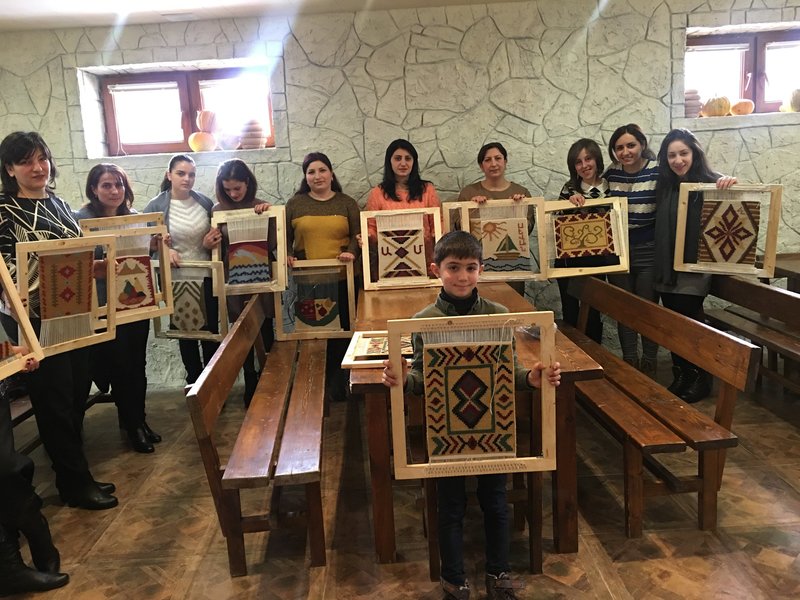

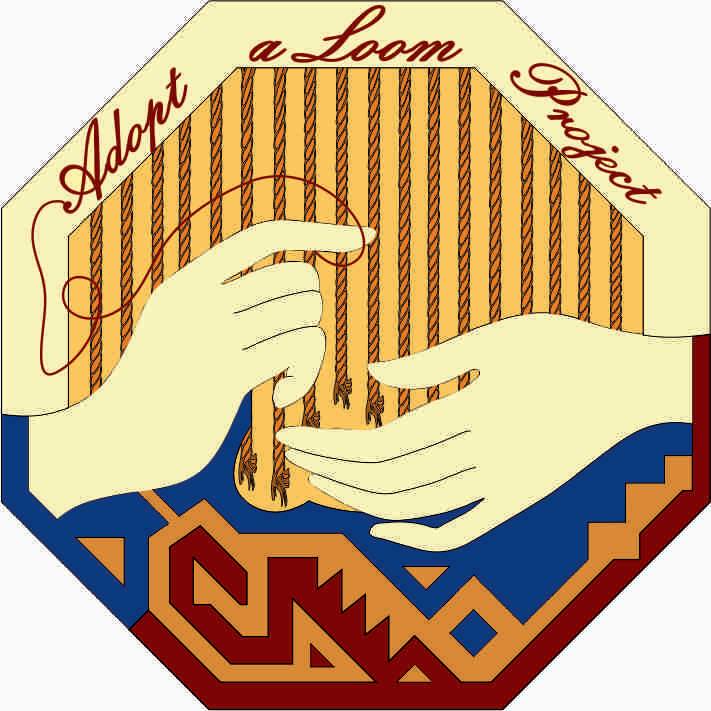
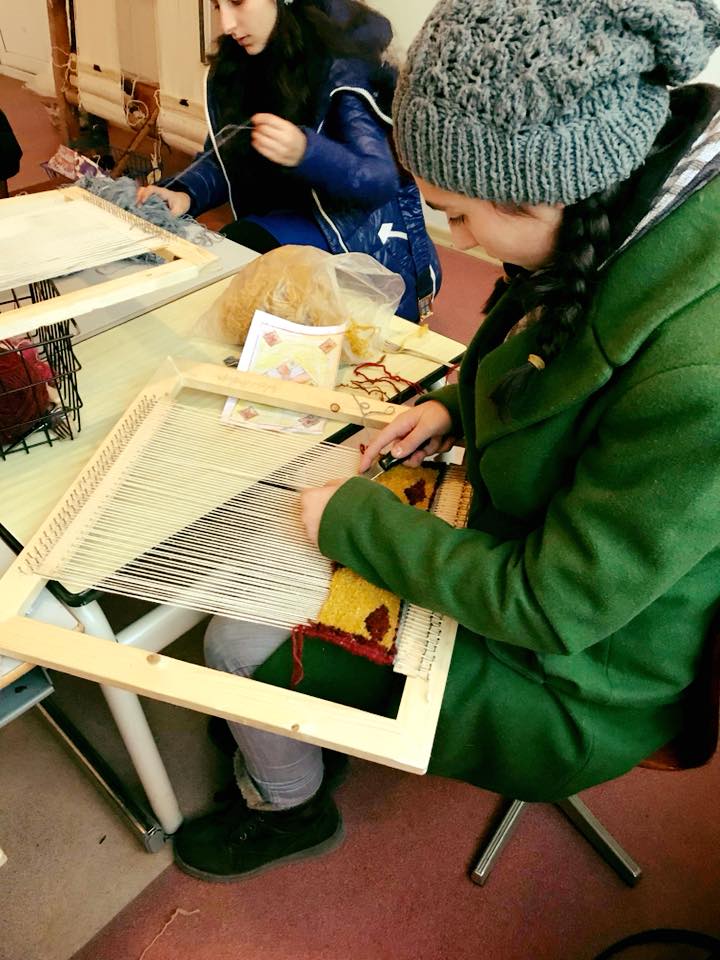
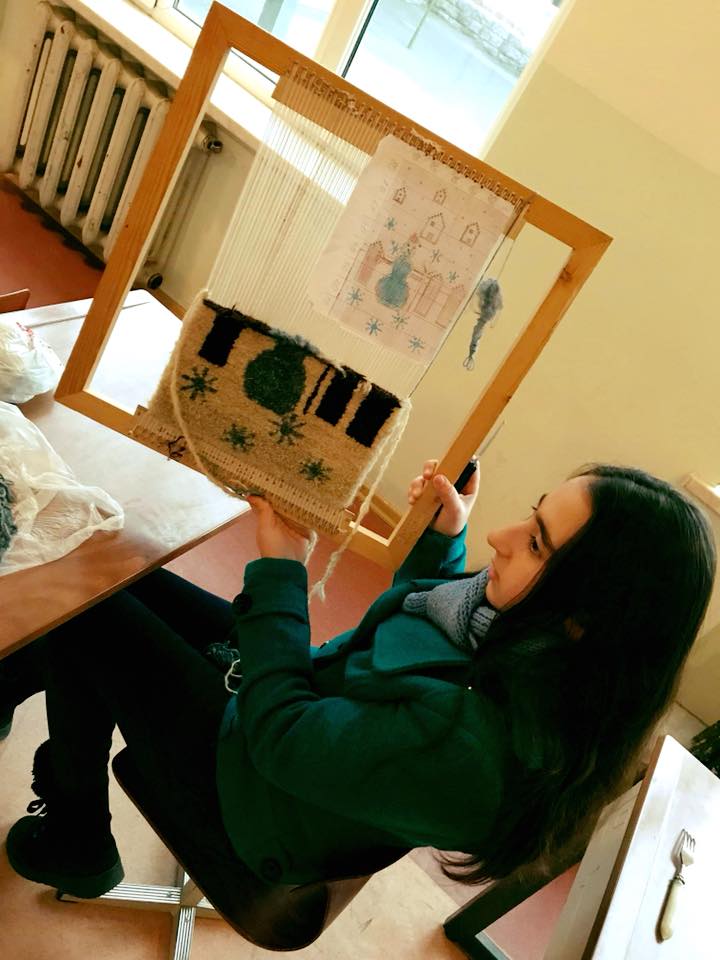
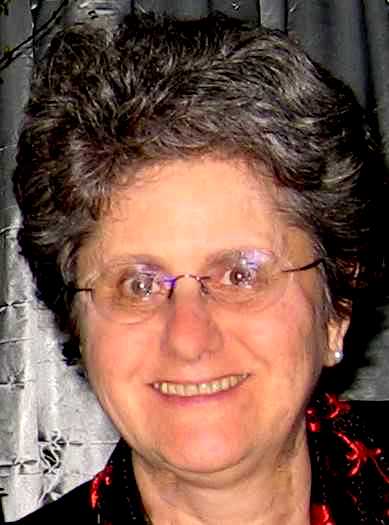
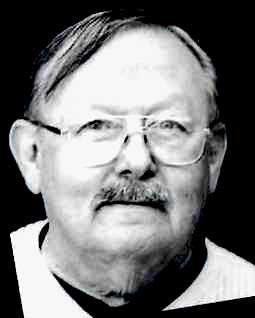
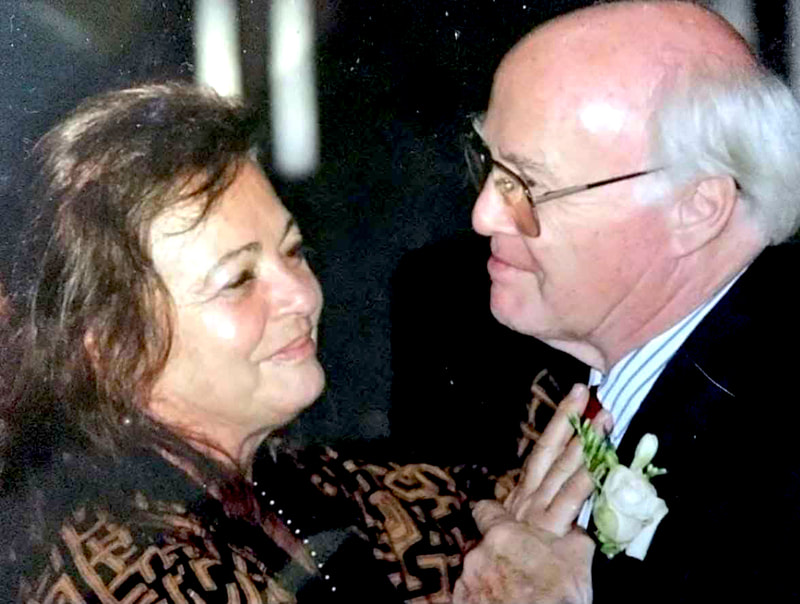
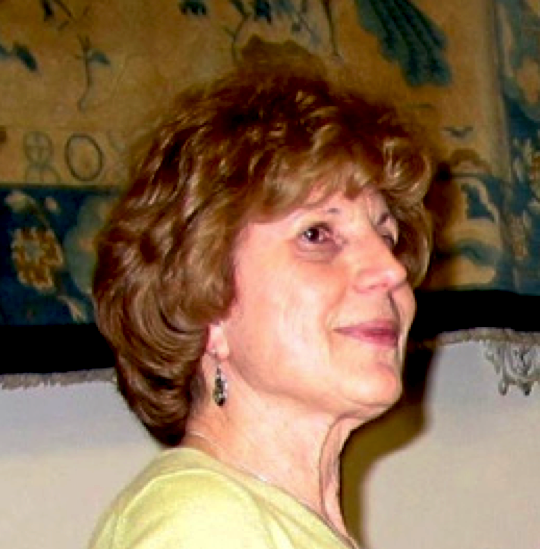
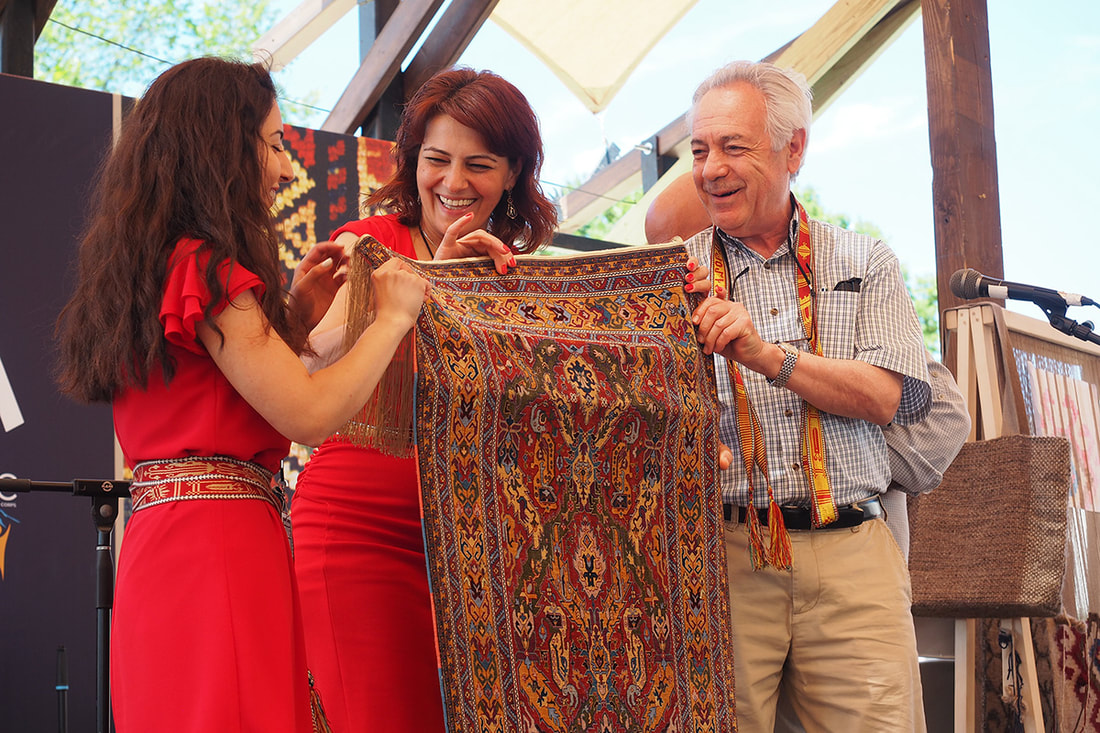
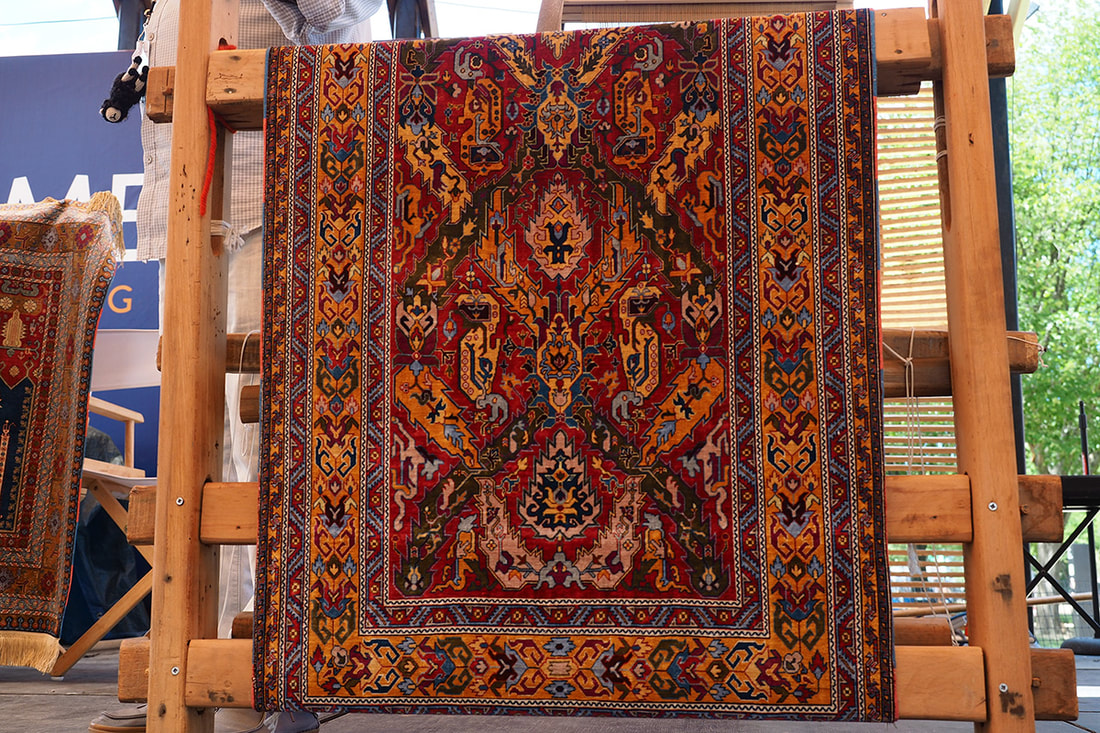
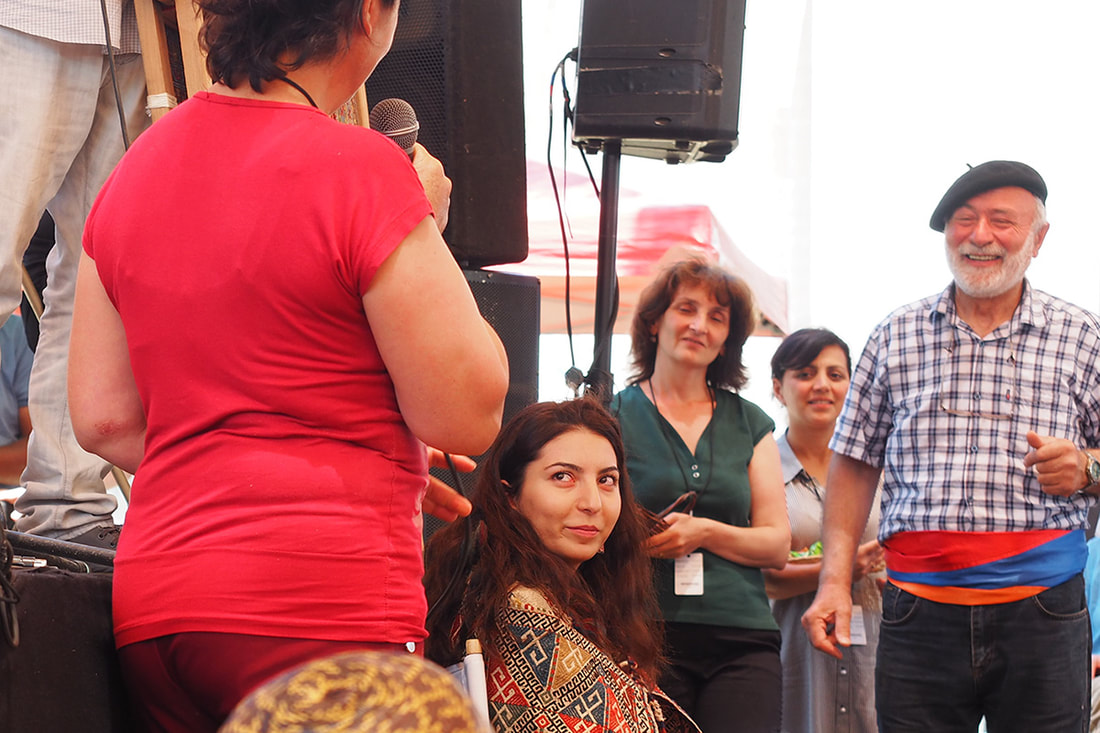
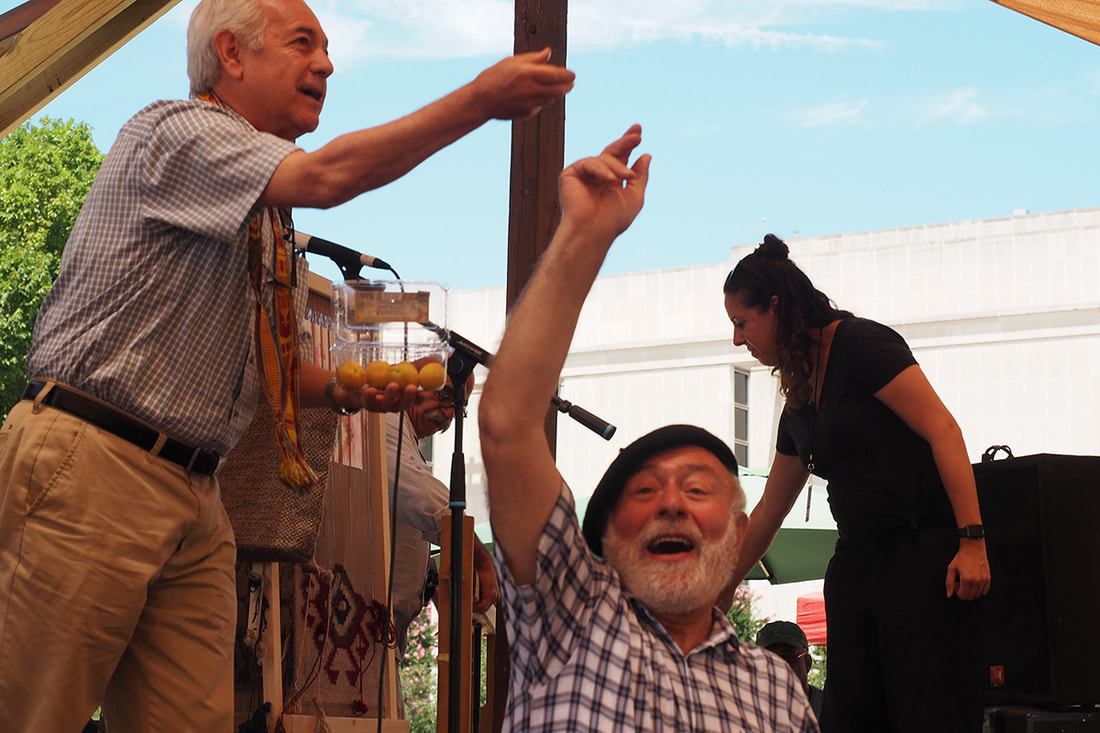
 RSS Feed
RSS Feed
